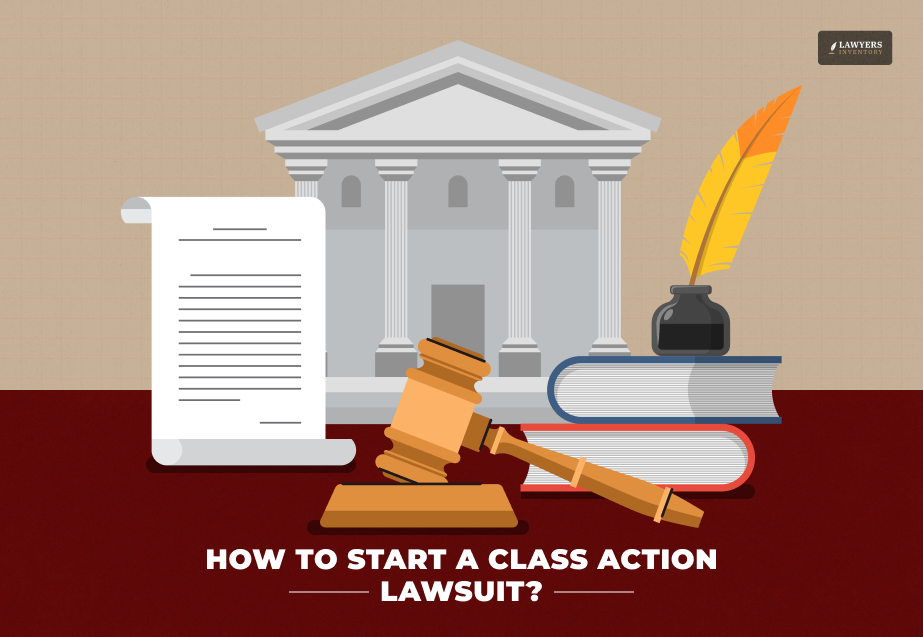
If you’re wondering how to start a class action lawsuit, you’re not alone—and trust me, it’s not as complicated as it sounds.
A class action lawsuit is when a group of people facing the same problem come together to take legal action against one person or company. It could be over a faulty product, unfair treatment at work, or even financial scams.
You must have heard about the Drive Social Media lawsuit or other popular lawsuits that several people filed together. These are good examples of class action lawsuits.
The good news? You don’t have to figure this out on your own. In this guide, I’ll walk you through everything step-by-step—no confusing legal terms, just clear and simple advice.
By the end, you’ll know how to get started, what you’ll need, and why having the right support can make all the difference.
So, if you’ve been putting this off because it feels overwhelming, don’t worry. I’ve got you covered. Let’s simplify this process and help you take that first step toward justice.
What is a Class Action Lawsuit?
A class action lawsuit is a legal process where a group of people with the same complaint or issue join forces to file one lawsuit against a common defendant.
Think of it as strength in numbers. Instead of filing individual lawsuits, which can be time-consuming and costly, people with similar problems come together as a “class” and share the legal process.
People often file these lawsuits when, like in the case of the Zyn Lawsuit, a company’s action—like selling defective products, committing fraud, or violating labor laws—affects multiple people.
For example, if a company sells a faulty appliance that causes harm to hundreds of customers, a class action lawsuit lets those customers sue together rather than separately.
The benefit? It saves time, reduces costs, and increases the chance of holding the defendant accountable. Plus, it levels the playing field against big companies that might otherwise intimidate individuals into dropping their claims.
Eligibility for a Class Action Lawsuit
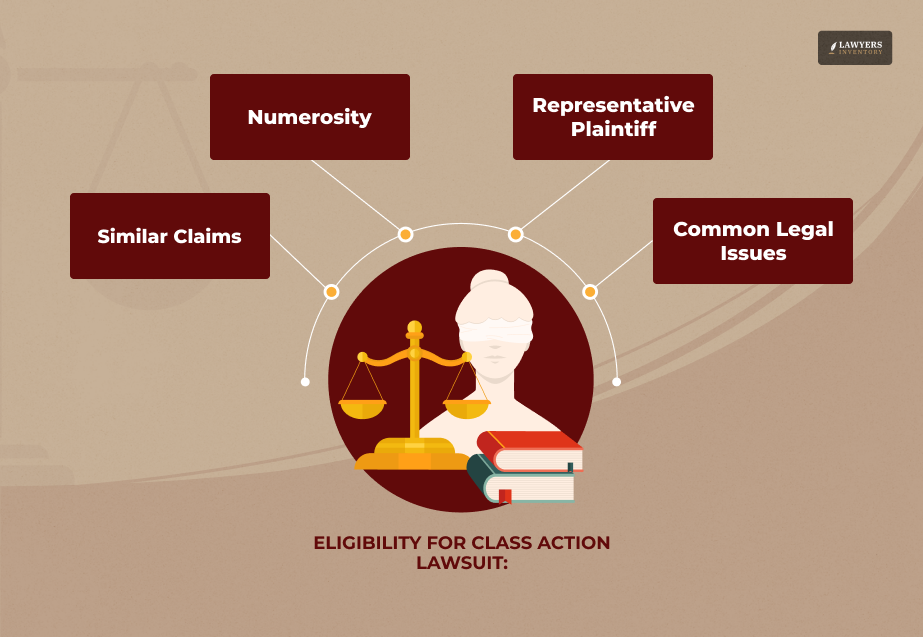
Before starting a class action lawsuit, you must know if your case qualifies. There are a few key points to consider:
- Similar Claims: To be eligible, a group of people (usually called “plaintiffs”) must have suffered the same or similar harm caused by the same defendant. For instance, if a company sold a product that caused injuries or misled customers in the same way, the claims are similar.
- Numerosity: There must be enough people affected to justify a class action. Courts typically prefer that the group is large enough, so individual lawsuits aren’t practical. While there’s no exact number, it usually involves dozens or hundreds of people.
- Representative Plaintiff: A lead plaintiff—sometimes called a class representative—will step forward to represent the group. This person helps move the case forward and makes decisions on behalf of the class with their attorney’s guidance.
- Common Legal Issues: The case must center on common legal or factual questions that apply to the entire group, not just one individual.
If your situation checks these boxes, you’re likely eligible to file or join a class action lawsuit. An attorney can confirm this and help start the lawsuit.
How Does a Class Action Lawsuit Work?
The process of a class action lawsuit may seem complex. However, I have broken them into smaller steps for you to understand better:
- Consult an Attorney: The first step is finding a lawyer specializing in class action lawsuits. They’ll evaluate your case, determine eligibility, and advise on the next steps.
- Filing the Lawsuit: If your case qualifies, the lawyer files a lawsuit in court. They’ll request the court’s approval to “certify” the class at this stage. Certification means the court officially recognizes your group as eligible to sue together.
- Class Notification: Once certified, notices are sent to potential class members (anyone affected). This gives them a chance to join the lawsuit or “opt-out” if they prefer to file individually.
- Discovery and Evidence: The attorney gathers evidence, interviews witnesses, and builds a strong case against the defendant. This stage can take time but is crucial for success.
- Settlement or Trial: Many class action lawsuits are settled outside of court, meaning the defendant agrees to compensate the class without a full trial. If you do not reach any settlement, the case goes to trial, and the court decides the outcome.
- Payout: If the class wins, compensation is distributed among all members. Payments depend on factors like the severity of harm and the size of the settlement or award.
While it may take months or even years, class action lawsuits are an effective way to fight for justice, especially when going up against large corporations. TBH, the right legal support makes the process smoother.
Stages of a Class Action Lawsuit
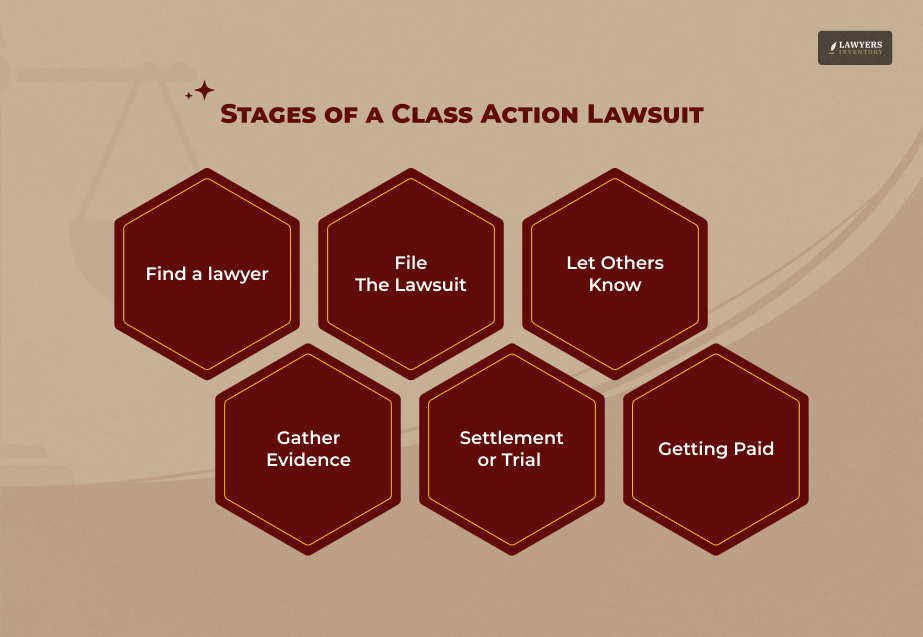
If you’re considering starting a class action lawsuit, you’re probably wondering what the process looks like.
Don’t worry—I’ll break it down step by step, in plain and simple terms, so you know exactly what to expect. While it might feel like a long road, each stage has a purpose, and knowing what comes next makes it less overwhelming.
Let’s get into it!
1. Finding the Right Attorney
The first step? Find a lawyer who knows class action lawsuits. These cases are tricky, so you need someone with experience to guide you. Moreover, during this first meeting, your attorney will look at your situation and help you figure out:
- Do other people have the same issue as you?
- Is there enough evidence to move forward?
- How strong is the case overall?
Think of your attorney as your teammate—they’re there to help you every step of the way. Finding the right one sets the foundation for a smooth process.
2. Filing the Lawsuit
Secondly, once your attorney decides there’s a solid case, they’ll file a formal complaint with the court. This is where the legal stuff officially kicks off. The complaint explains:
- What the defendant did wrong.
- How it affected the group of people (the “class”).
- What outcome you’re hoping for (usually compensation).
Your lawyer will also ask the court to “certify” the class at this stage. This is the court saying, Yes, this case qualifies as a class action. To approve it, the court checks a few things:
- Are the claims similar?
- Is there a big enough group to make a class action worthwhile?
- Can one person (the lead plaintiff) represent the group?
Once the court says yes, the case moves forward.
3. Letting Others Know
After the class is certified, everyone who might be affected gets notified. This usually happens through letters, emails, or even public announcements. For instance, people then have two choices:
- Join the lawsuit: This happens automatically if they don’t opt out.
- Opt out: If someone wants to file their lawsuit separately, they can do that.
This step ensures that everyone knows about the case and can decide what’s best for them.
4. Gathering Evidence
Now, it’s time to build the case. This step is called “discovery,” when both sides (you and the defendant) gather evidence. Think of documents, emails, interviews, and anything else that supports the claims.
Your attorney will handle all of this, making sure the case is as strong as possible. It’s a lot of behind-the-scenes work, but it’s important to prove your side.
5. Settlement or Trial
Here’s the part where things can go one of two ways:
- Settlement: Most class action lawsuits end with a settlement. The defendant agrees to pay the group a certain amount to avoid going to trial. This usually saves time and stress for everyone involved.
- Trial: If no settlement happens, the case goes to court. Here, a judge or jury hears both sides and decides the outcome.
Either way, your attorney will fight to get the best result for the class.
6. Getting Paid
Finally, if the case is successful, it’s time for the authorities to distribute the compensation. The payout depends on a few things, like how much money was awarded and how many people are in the class. The lead plaintiff (the person representing the group) may get a little extra for their efforts. However, everyone whom the organization has affected gets their fair share.
Class Action Lawsuits are Getting Increasingly Popular— Here’s Why!
Class action lawsuits are rising, and it’s easy to see why. More people realize they don’t have to fight legal battles alone.
When a company’s actions harm many individuals—whether through defective products, misleading advertising, or unfair labor practices—joining forces in a class action lawsuit makes the process simpler, more affordable, and more impactful.
Class action filings have steadily grown over the last decade. According to reports, over 10% of federal civil cases in the United States are now class action lawsuits. Furthermore, they’re especially common in consumer protection, employment law, and securities fraud.
- Consumer Protection: Cases involving faulty products, false advertising, or harmful drugs top the list. For example, lawsuits against companies selling defective medical devices have been widely reported.
- Employment Law: Class actions here often focus on wage theft, unpaid overtime, or workplace discrimination, helping employees stand up against large corporations.
- Securities Fraud: Shareholders commonly file lawsuits when companies mislead investors, causing financial losses.
The reason behind this trend? Class actions give individuals a chance to hold powerful corporations accountable. Additionally, they allow for shared legal costs and ensure that justice is accessible, even when the odds are stacked against you.
In short, class action lawsuits are popular because they offer a practical and effective path to justice—especially when the same problem has affected many people. It’s about coming together to create change.
How to Start a Class Action Lawsuit?
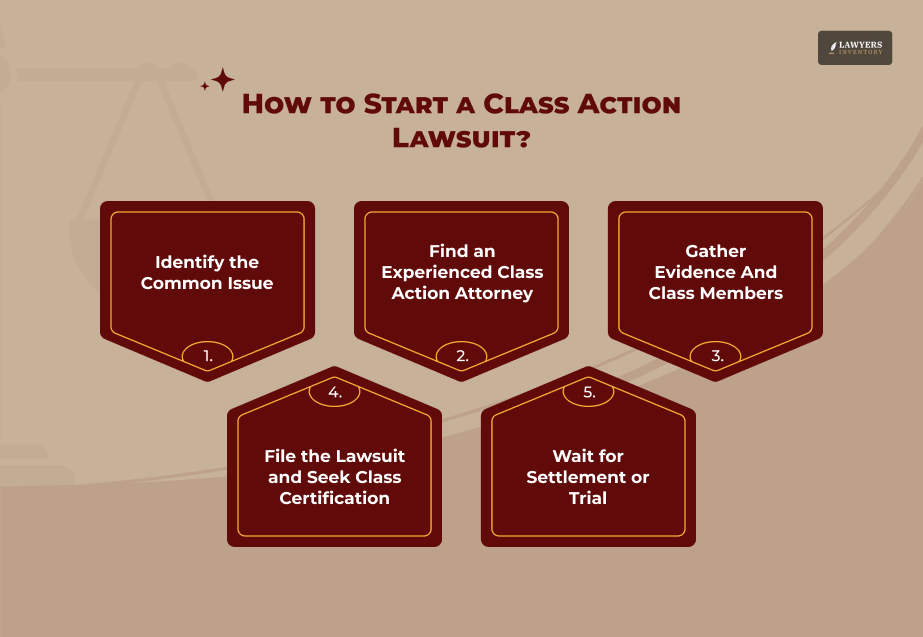
Starting a class action lawsuit might sound overwhelming, but it’s easier than you think—especially when you know the steps. If the same company or organization has harmed you and others, this guide will walk you through what to do.
1. Identify the Common Issue
First, figure out if you have a case that affects multiple people. A class action lawsuit typically involves a large group experiencing the same type of harm caused by the same defendant. For example, this could be:
- A defective product causing injuries.
- Organizations not paying the employees overtime wages.
- Misleading marketing or fraud affecting consumers.
You’re off to a good start if you think others face the same issue.
2. Find an Experienced Class Action Attorney
Secondly, the next step is to find the right lawyer. Not all attorneys handle class action cases, so you’ll need someone specializing in this area. For instance, they’ll:
- Evaluate your situation.
- Confirm if a class action lawsuit is the best option.
- Explain how the process works and what to expect.
Many class action attorneys offer free consultations, so you can get advice without upfront costs.
3. Gather Evidence and Class Members
Thirdly, your lawyer will help you collect evidence to support the case. For instance, this could include:
- Documents proving the harm (like medical bills or pay stubs).
- Communication with the company.
- Statements or experiences from other affected individuals.
Additionally, your attorney may also identify other potential class members to strengthen the lawsuit.
4. File the Lawsuit and Seek Class Certification
Once the evidence is in place, your attorney files the lawsuit in court. The next step is getting the class “certified” by the judge. Furthermore, class certification is crucial because it officially allows the case to proceed as a class action.
The court will check if:
- The claims are similar.
- There are enough plaintiffs to justify a group lawsuit.
- A representative plaintiff can act on behalf of the class.
5. Wait for Settlement or Trial
Finally, after certification, the case moves forward. Your lawyer will negotiate with the defendant for a settlement. Most class action lawsuits settle outside of court, meaning the defendant agrees to pay compensation to resolve the case.
Moreover, if both parties do not reach a settlement, the case goes to trial, and the court decides the outcome.
Examples of Class Action Lawsuit
By now, I am guessing that you already know that even though class action lawsuits can sound complex, they’re just a way for people to unite and fight for justice when a company’s actions cause widespread harm.
To clarify things, here are a few examples of how these cases have helped people stand up for what’s right.
- Defective Products: Imagine buying a product that’s supposed to make your life easier, only to find out it’s unsafe. This is what happened when Suboxone led to one of the biggest controversies in healthcare marketing.. Instead of hundreds of people filing separate cases, they joined a class action and demanded compensation.
- False Advertising: Have you ever bought something because it promised amazing results, but the reality was disappointing? A beverage company once claimed its drink had incredible health benefits, except it didn’t. The same thing happened for 72 Sold. Eventually, customers filed a class action lawsuit, and the court held the company accountable for misleading people.
- Wage Violations: Employees work hard, and they deserve fair pay. But, according to the Smoothstack Lawsuit, the company was hit with a class action lawsuit after failing to pay employees overtime wages. By joining forces, workers were able to recover the pay they earned.
- Data Breaches: We share much personal data in today’s digital world. But when a company’s systems get hacked, that information can end up in the wrong hands. Millions of people affected by a major data breach filed a class action lawsuit and fought to protect their rights.
Class Action Lawsuit VS Multidistrict Litigation: What’s the Difference?
| Aspect | Class Action Lawsuit | Multidistrict Litigation (MDL) |
| Definition | A lawsuit where a group of people with similar claims against the same defendant come together to file one case. | A legal procedure where related cases from different courts are consolidated into one court for pretrial purposes. |
| Goal | To resolve the legal issue for the entire group with one court ruling. | To streamline pretrial proceedings, such as discovery and motions, for related cases. |
| Nature of Cases | Often used for consumer fraud, product defects, employment issues, etc. | Used for complex cases like mass torts or lawsuits involving medical devices, drugs, etc. |
| Outcome | A single ruling applies to the whole class. If settlement or judgment happens, it affects everyone. | Each case remains separate, and outcomes are handled individually after pretrial proceedings. |
| Plaintiffs | One representative plaintiff (lead) represents the entire class. | Multiple plaintiffs with related claims, but each retains their individual case. |
| Usage | Common for cases involving widespread harm to consumers or employees. | Common in cases with many related but distinct claims, like medical malpractice or defective drugs. |
You might hear terms like class action and multidistrict litigation (MDL) thrown around regarding large-scale legal cases. While both involve multiple plaintiffs, the two have some key differences.
A class action lawsuit is when a group with similar claims against the same defendant come together to file a single lawsuit. The goal is to resolve the issues for the entire group with one court ruling.
In these cases, a representative plaintiff (the lead) acts on behalf of the class. This is most common in product defects, consumer fraud, or employment violations.
On the other hand, multidistrict litigation (MDL) is a process where related cases from different courts are consolidated and transferred to one court for pretrial proceedings. MDL doesn’t merge the cases into one like a class action.
Instead, it streamlines discovery and motions to make the process more efficient. Each case can still go to trial individually if a settlement or ruling happens. MDLs are often used in complex cases like mass torts or lawsuits involving medical devices or pharmaceuticals.
In short, while both handle multiple claims, a class action is about a unified legal claim for all, while MDL is more about managing complex, related cases efficiently.
Compensation with a Class Action Lawsuit is Much Easier?
If you’re thinking about how to start a class action lawsuit, one of the best things about it is how much easier it makes getting compensation.
Unlike filing an individual lawsuit, which can be expensive and take a lot of time, class actions let you combine resources with others, making the whole process faster and more affordable.
A report from the Federal Judicial Center found that over 90% of class action lawsuits end in a settlement before they even make it to trial. This means quicker compensation for everyone involved.
For example, in cases involving defective products or misleading advertising, people can get refunds, medical bill coverage, or even lost wages, depending on the case.
Because so many people join in, class action settlements can be substantial. A 2018 Consumer Financial Protection Bureau (CFPB) study revealed that over $2 billion was paid out to consumers in class action settlements that year alone.
That shows just how powerful class actions can be when getting people the compensation they deserve.
So, when you join a class action, you’re not just sharing the costs—you’re also increasing your chances of getting fair compensation in a much easier way than going it alone. It’s a win-win!
Read Also:
- How Class Action Lawyers Can Help You Get Justice in Mass Lawsuits
- Karen Read Case: The Sensational Massachusetts Murder Case That’s Up for a Retrial
- White Oak Global Advisors Lawsuit: Why Understanding Contractual Terms in Financial Services is Important!





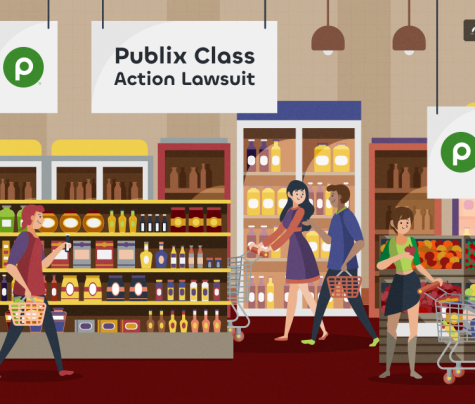


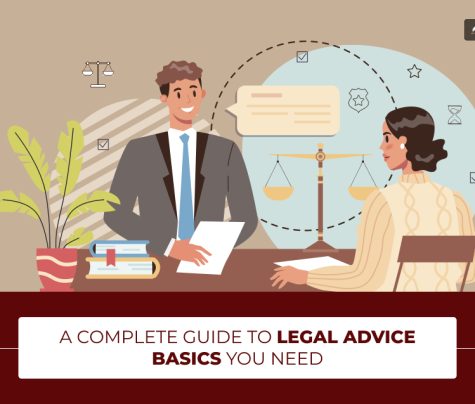
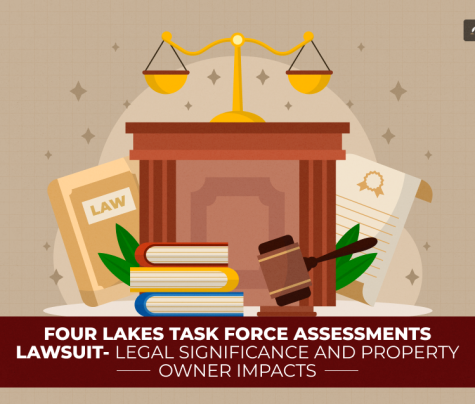
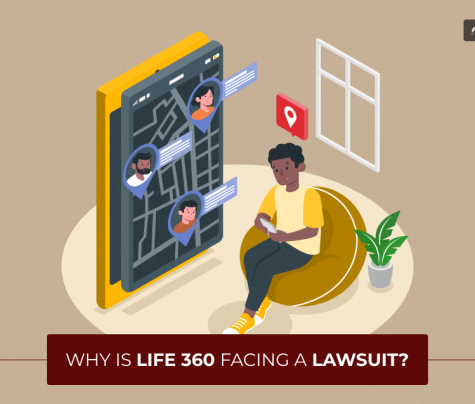
0 Reply
No comments yet.